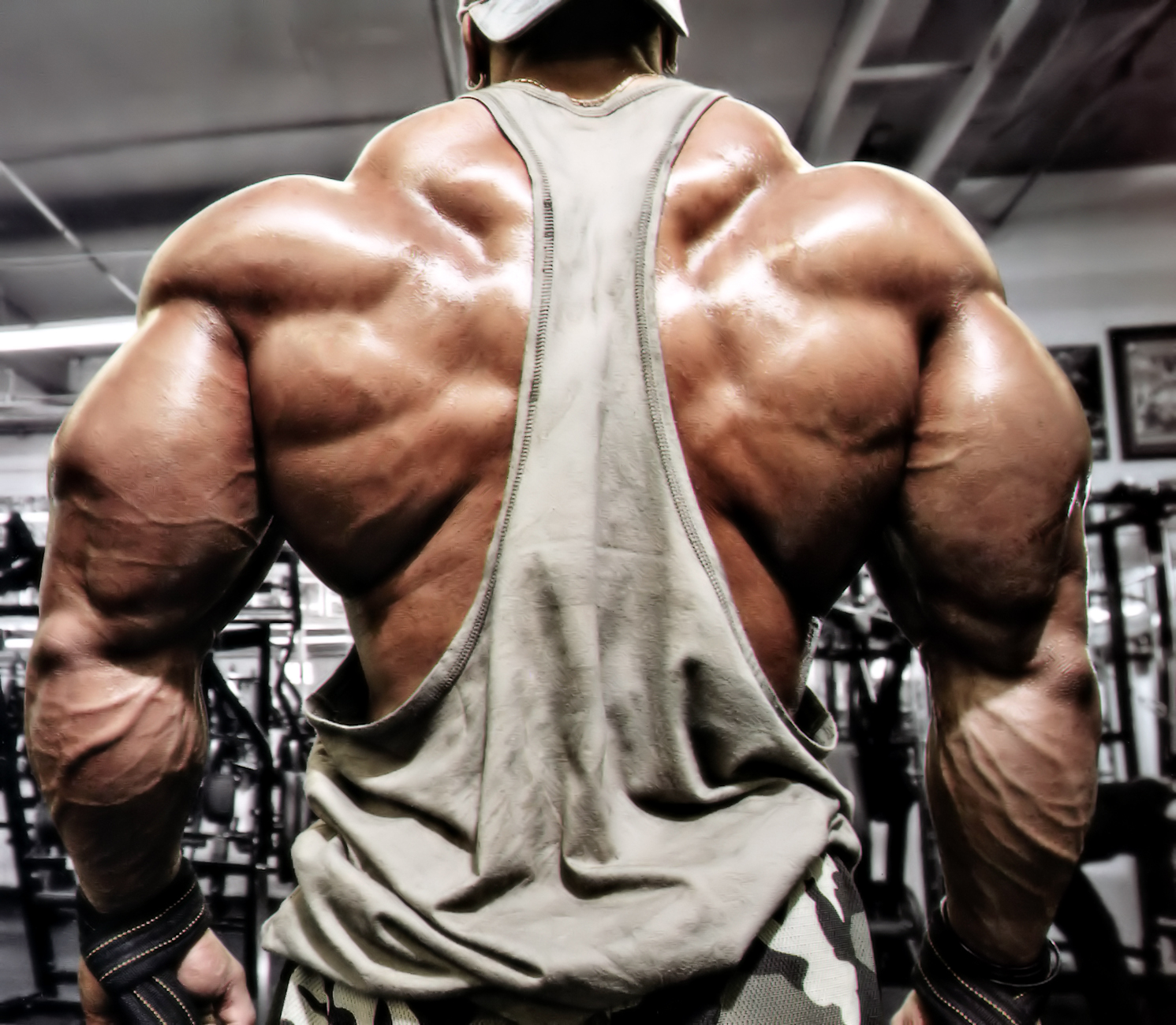A brand new—and perhaps controversial—study has uncovered that economic insecurity, housing instability and stigma largely shape the sexual relationships of many African-American men who have sex with men (MSM). According to this study, these structural inequalities influence the kinds of relationships and sexual behaviors that men have.
It’s a fact that the bulk of HIV prevention interventions and studies focus on the individual. However, according to Columbia University’s Caroline Parker in an article published in Culture, Health and Sexuality, “Our research underlines the continued need to attend to the structural drivers of HIV among Black gay, bisexual and other men who have sex with men.”
Before we drill deeper into the study, let’s define the term structural inequality. It’s the condition where one category of individuals are ascribed an unequal status in relation to other categories of persons. This relationship is perpetuated and reinforced by a confluence of unequal relations in roles, functions, decisions, rights and opportunities.
Between 2013 and 2014, Parker and her colleagues conducted a qualitative, ethnographic study in New York City. Roger Pebody states in his Aidsmap.com article, “Structural Inequalities Create Vulnerability to HIV for Black Gay Men in New York,” “In-depth interviews were conducted with 31 black MSM and participant observation was conducted in locations frequented by black MSM (such as parks, community organizations and house parties). In addition, 17 community advocates and healthcare professionals were interviewed.
“Amongst the men interviewed, whose average age was 29, social problems were common. Ten had spent time in prison, 15 were unemployed, 16 had housing problems, and nine had no health insurance. Five men told the researchers that they were living with HIV. Whereas half identified as ‘gay,’ the others described themselves in a variety of ways, including bisexual, straight, discrete and having no sexual identity.”
According to the study, men who struggle with housing instability and unemployment sometimes used sex to meet their material needs. They described exchanging sex for shelter, food, clothing, the payment of phone bills and taxis, alcohol and drugs. Some used dating app profiles to sell sex.
And, the men’s precarious circumstances constrained their ability to negotiate condoms. One man explained: “’Okay. If you are eating and you have clothing, you have shelter, you’re probably going to resist it and a very blatant resistance. But if you are hungry, that’s a different ballgame. I can sit here and tell you I’m a very proud person but you let my stomach rumble for more than three days, okay, you can call me’.”
Pebody wrote, “While sex without a condom put men at risk of HIV, a lack of food or shelter might have a more immediate impact. Men made choices which made sense to them in their current circumstances (for example, having multiple partners to access temporary housing and other resources). Interviewees with fewer economic problems had different approaches to sexual relationships which did not reflect these pressing economic considerations.”
The researchers took note of the way in which different places and environments formed men’s sexual relationships. Some of the interviewees stated that they had experienced disapproval or homophobia in their family homes. As a direct result, four of the men were made homeless.

As well, many men did not introduce male sexual partners to family members; consequently, sex was more likely to occur at a partner’s home or in a public space. Recalled one interviewee: “’I couldn’t bring any company over or they couldn’t stay overnight or whatever, (but my brother) could bring girls over and there was discrimination towards me with my mom’.”
According to Pebody, “Some men who lived independently also avoided bringing male partners home because of homophobic reactions from landlords or neighbors. Men sometimes felt unsafe in their own homes.
“Many respondents met partners and had sex with them in parks, streets, sports clubs, trains, supermarkets and restaurants. This was particularly the case for men with unstable or no housing, and for men who identified as straight or discreet. These meetings might be arranged on apps like Jack’d and Grindr.
“These interactions were usually rushed—men were afraid of being observed by other people, being assaulted or being arrested. The rush meant that condoms were less likely to be used.”
Respondents of the study stated that they went to gay bars and nightclubs, particularly those frequented by Black and Latino men. According to the respondents, they felt that these settings were safer places to socialize and meet other MSM (men who have sex with men).
“For men who sold sex, bars provided some protection against the police,” wrote Pebody. “Men with housing difficulties sometimes went to clubs to find ‘a generous friend’ with a place to stay. However, commercial venues did not always feel welcoming to men who did not have money for drinks or the right clothes to wear.”
The researchers concluded: “’Among most of the men in this sample, the pursuit of same-sex relationships took place in a social context characterized by economic insecurity, housing instability, and widespread stigma and discrimination. We draw attention to how men’s position in a social structure configures their opportunities, restrictions and priorities in sexual relationships and how these shape their choices and behaviors in health-relevant ways’.”





Leave A Comment